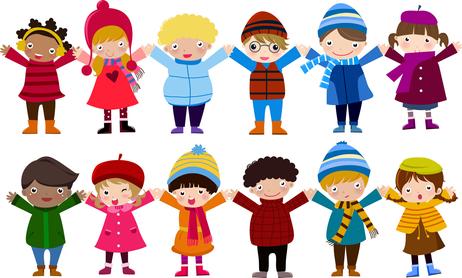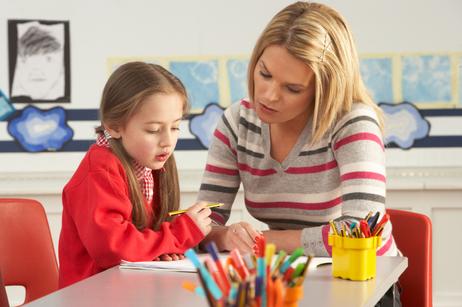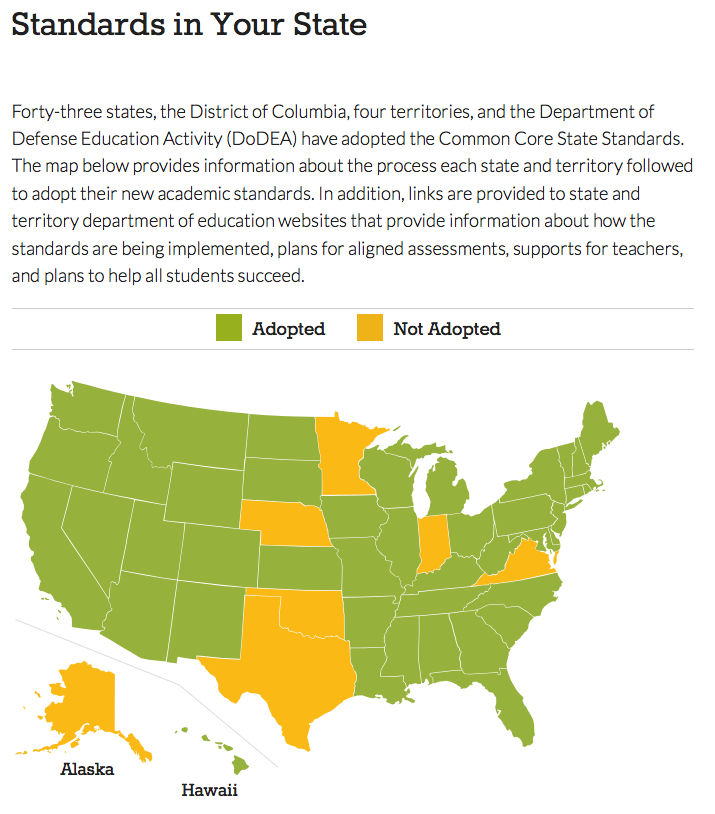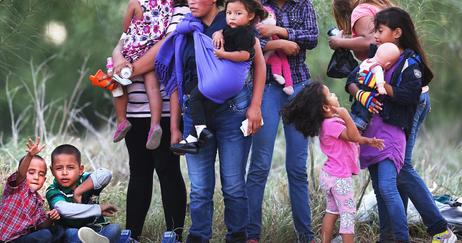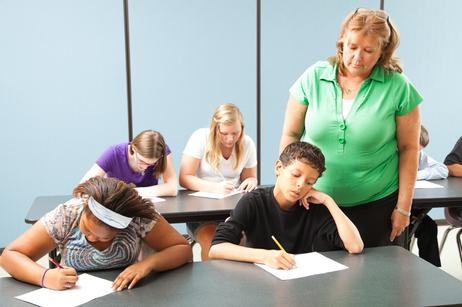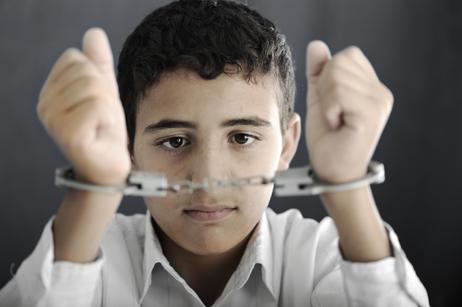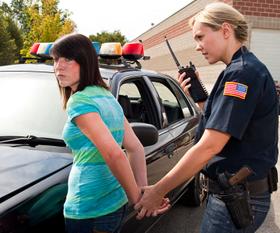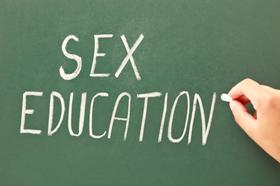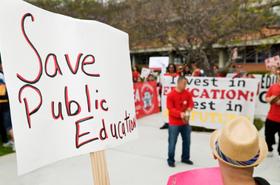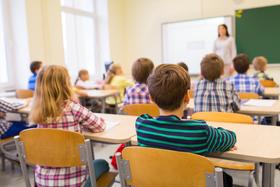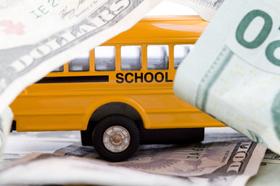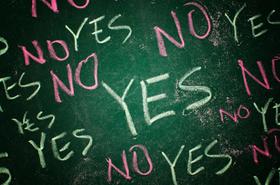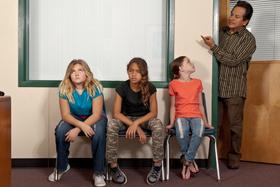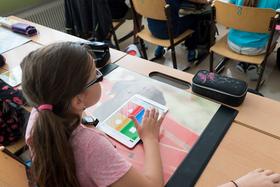Public School Holiday Celebrations: Christmas-centric or Multicultural?
With the children home for the holidays, with the spirit of love and peace in their hearts, how did their schools celebrate the season? Or did they celebrate Christmas?
In many locations, holiday parties involve decorating contests with Christmas trees and ornaments. In elementary schools, Santa might make an appearance. Songs of reindeer and gifts ring out, along with talk of who’s been naughty or nice. Children are asked to write essays on “what I want for Christmas,” or after the holidays, they are asked to explain what gifts they received.
However, this Christmas-centric view does not align well with the actual makeup of today’s public schools. Research shows that today’s public schools are more diverse than ever. While the data tends to speak from an ethnic or racial point of view, it still indicates the need to take multiple perspectives into account. Schools have to begin to recognize that not all children celebrate Christmas and have made adjustments that make their celebrations more inclusive. However, there is still much work to be done if public schools are to have a truly multicultural perspective.
In this video, The Doctors discuss a recent news story about a school district that banned all dominant holiday celebrations in the name of inclusion.
Unintended Consequences
There remain many public schools in this country that engage in holiday celebrations that revolve

